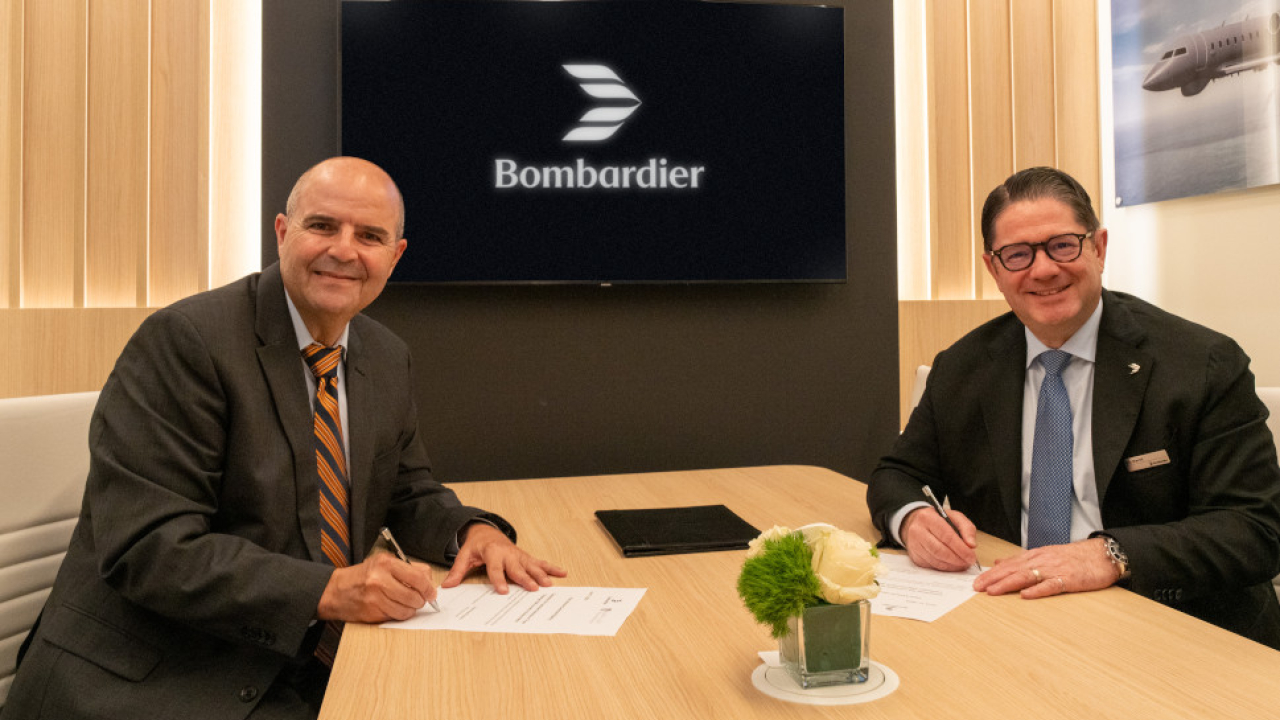Shannon Airport pre-clearances speed up since CBP change

"We had our first preclearance since the policy change on Wednesday," said Joe Buckley, business development manager at Shannon. "Looking at the timings of it, the aircraft blocked on at 0915, and blocked off at 1000. From startup to shutdown it took 45 minutes. That included CBP preclearance with the APU on, refueling, and flight plan clearance."
APUs may remain on while Radiation Isotope Identifier (RIID) checks are conducted on business aircraft entering the US as long as exhaust vents for those units are eight feet off the ground or higher. The decision followed nearly two years of work between NBAA and CBP to find an acceptable compromise.
Shannon is currently the only airport allowing security preclearance to the US for business aircraft. While preclearance was always an advantage for pilots flying to the US the preclearance process at Shannon used to take as long as 90 minutes. A significant portion of that time was spent powering the aircraft back up following the RIID scan, and re-entering flight plan data.
Buckley adds: "Now, we may not always achieve a 45-minute turn. Sometimes we may be faster, though a 60-minute turn is now a realistic expectation."
CBP had been concerned that hot exhaust from APUs could harm its officers, and also about the potential for interference with its scanning devices from onboard electronics. Those concerns proved to be unfounded, and the change greatly streamlines the CBP's radiation inspections, without sacrificing security protections.
"We appreciate the hard work from NBAA to make this change happen," said Buckley. "It really is a fantastic achievement for NBAA as a representative in the industry. I also must thank Homeland Security and CBP for working with the industry to find a solution."
While Shannon now offers an even quicker stop prior to crossing the Atlantic, Buckley hopes flight crews and passengers stay on: "We're more than an airport at the edge of the Atlantic for a technical stop," he says. "We're focusing very strongly on business aviation, and we'd like to see companies make investments here. We would love for people to stay over from time to time."
Stay up to date
Subscribe to the free Times Aerospace newsletter and receive the latest content every week. We'll never share your email address.

